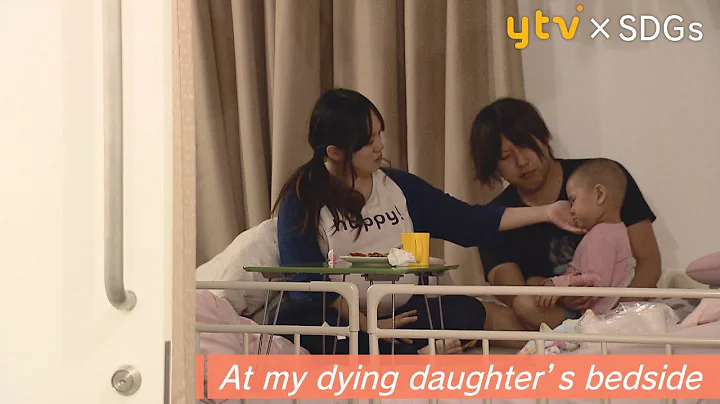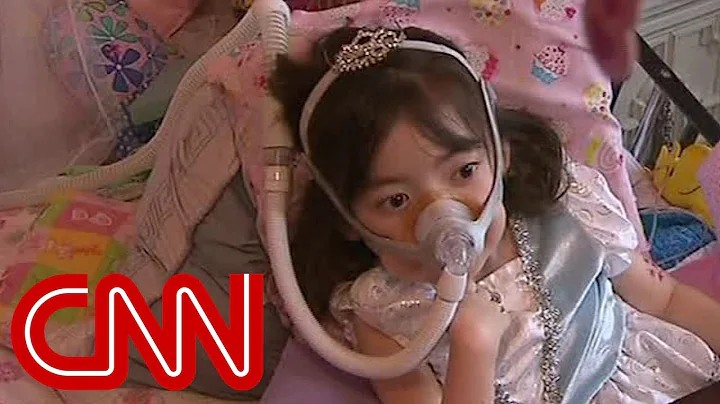Recently, I was chatting with my friend Linda.
She said that since her son went to kindergarten, he would cry when he got up in the morning. At night, he would often wake up crying in the middle of the night. Sometimes he would keep shouting "Mom, Mom"...
Linda also knew that she usually worked As he is busy, his son is mostly taken care of by his grandparents.
Occasionally Linda would feel guilty and would want to hug her child when she got home.
However, when she reaches out, the child often says: "Go away, go away..."
If she really goes away, the child starts crying again.
It is obvious that the child has a kind of "separation anxiety". On the one hand, he wants to be attached to his mother, but on the other hand, he cannot be fully satisfied, and he is anxious.

A person's attachment pattern in relationships as an adult often depends on childhood.
Therefore, it is very important to help children build a secure attachment model from an early age.

Three types of attachment, planting models for children's future
Psychologist Aisworth and others proposed three types of attachment based on the different reactions of babies in strange situations through the " Strange Situation Test ".
①, safe
regards the mother as a safe base. When the baby is with the mother, he can play with toys comfortably and does not always cling to the mother. Instead, he looks at the mother with his eyes, smiles at the mother or has a relationship with the mother. Talk at a distance.
②, Avoidant
The baby does not care whether the mother is present or not, and has no attachment to the mother.
③, Resistance type, also known as contradictory type
The baby's attitude towards the mother is contradictory, both seeking and resisting contact with the mother.
The latter two types are insecure attachment.
The child of my friend Linda has obviously formed a third type of ambivalent attachment relationship with her mother.
If a child has developed avoidant and ambivalent attachment patterns since childhood, it will be difficult for him to establish a secure attachment relationship with the people around him in close relationships when he grows up.

How to raise securely attached children?
1. Provide stable companionship to the child.
html Within the age of 10-3, the important caregiver should provide stable companionship by the child's side. It is best to have a relatively stable mood and be able to "appropriately respond" to the child's emotions, and this person is the best It's mom.
What is companionship?
It’s not that I am by your side to accompany you, but that I can “see” you.
Your happiness, worry, fear, helplessness... I can all see it and respond appropriately.
For example, when the baby is scared, the mother holds the baby in her arms to make the baby feel safe.
Then, face the things that scare him with the baby, and the baby can gain courage from the mother, and this courage will accumulate.

2. Avoid inappropriate practices
When the baby feels scared, ask the mother for help:
① Ignore: The mother is busy with her own things and ignores it.
② Accusation: My mother said that I am afraid of such trivial things and have no future.
③Indifference: The mother looks at the child indifferently and does not provide any help.
The above practices push children to the opposite side, leaving them to face their fears alone. At this time, the child may feel insecure.
If a child under 3 years old, especially under 1 year old, suddenly cannot find his mother, and does not know why the mother left suddenly, it will cause trauma to the child's heart.
He will feel that his mother does not want him.
At this time, if the caregiver, for example, grandma or grandma, can provide relatively stable companionship and comfort, she can tell the child that mommy will be back from get off work. At night, when the child sees the mother again, the child's safety and trust will return.
If the mother suddenly leaves and goes to other places, the caregiver will not comfort the child. When the child cries, he threatens, saying, "Why are you crying? If you cry again, I will beat you!" The child stops crying, this trauma It stayed there forever.
3. Accept the child, provide support and comfort to the child
Erikson developmental psychology theory believes that early childhood (1-3 years old): At this stage, children begin to learn to speak, defecate, feel shy, and have confidence in themselves. Doubtful and want to control something.
At this stage, mothers should encourage their children to try more, comfort them when their attempts are frustrated, and accept their children when they are shy...
Children will slowly gain a sense of security.
Generally speaking, the requirements for mothers are still relatively high. If the mother does not understand these, but she feels relatively safe and emotionally stable, the child will be relatively healthy.
If the mother is anxious, this anxiety can easily be passed on to the child, and the child will unconsciously bear part of it.
4. Maintaining harmonious relationships among family members
If family members are always in disputes or cold war relationships, it is impossible to cultivate children who have a sense of security.
A large number of studies have shown that children who live in families with long-term disharmony, cold war, and violent behavior are more likely to have poor social interactions with others, close relationships with their spouses, and even parent-child relationships with their own children when they grow up. question.
Therefore, if you love your children, family members will work hard to create a united and harmonious living environment for their children.





















